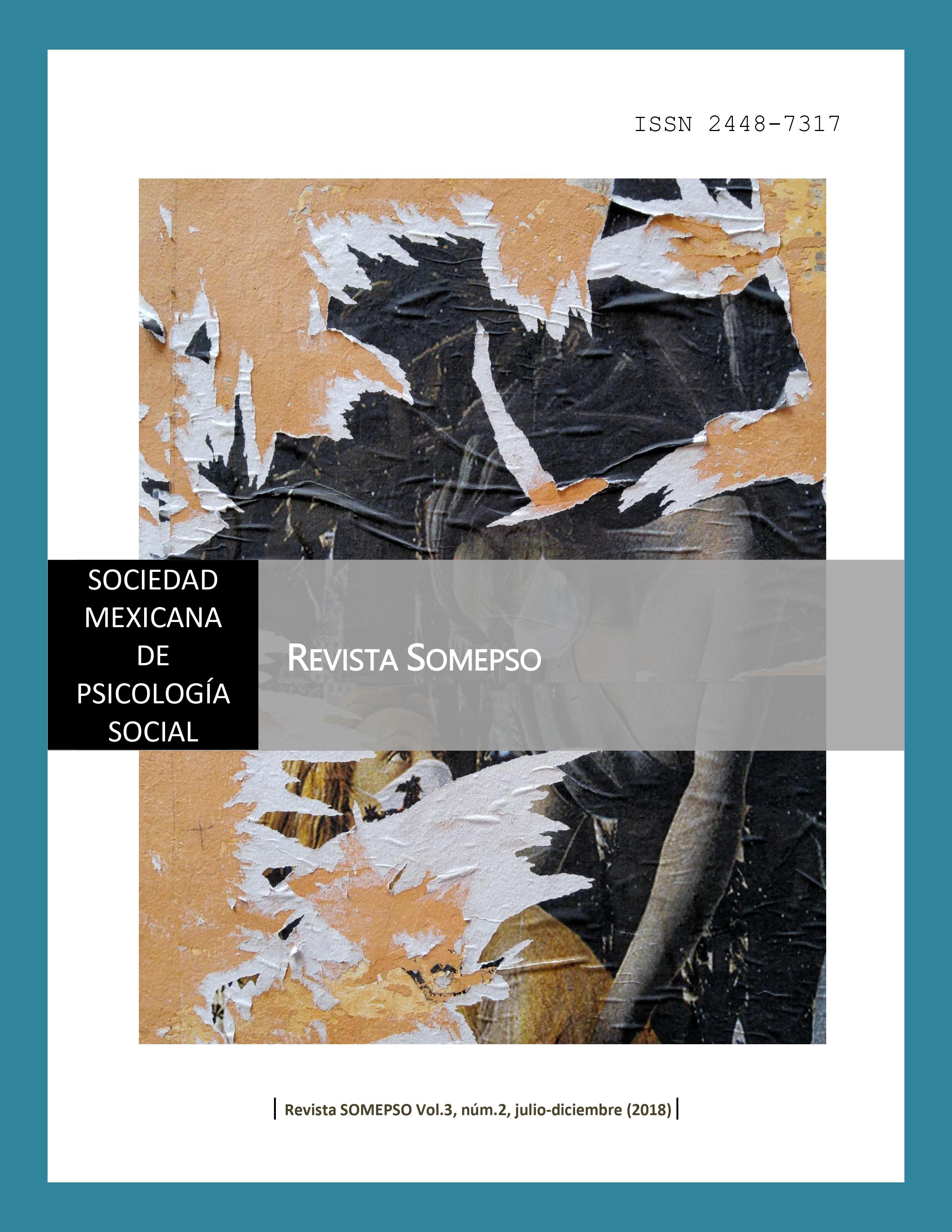Perfiles falsos en la Web
Contenido principal del artículo
Resumen
Con el propósito de analizar el fenómeno de los perfiles falsos, se aplicó un cuestionario de 15 preguntas, en un formato Google a 75 sujetos, 50 mujeres (66.6 %) y 25 hombres (33.3 %). La muestra tuvo promedio de edad de 31.8 años. Los ámbitos de información fueron: significado del alias, características del perfil, razones para tener un perfil falso, usos del perfil, diferencias y similitudes entre perfil real y el falso, redes en las que funciona el perfil, popularidad del perfil y beneficios y problemas de contar con el perfil. El tener un perfil falso trae como ventajas el poder comunicarse más libremente, contactarse con gente con intereses similares y poder expresarse y contactar de una forma que en el perfil real sería imposible, mientras que las desventajas identificadas son que uno puede ser descubierto en una actividad de riesgo y que puede generarse alguna afectación psicológica.
Detalles del artículo

Esta obra está bajo una licencia internacional Creative Commons Atribución-NoComercial 4.0.
Creemos firmemente que el acceso al conocimiento debe estar libre de la lógica del enriquecimiento y no debe tener como objetivo el lucro personal o colectivo.
La Revista de la Sociedad Mexicana de Psicología Social de la SOMEPSO está bajo una licencia Creative Commons Reconocimiento-NoComercial 4.0 Internacional License.
Citas
Arab, E. & Díaz, A. (2015). Impacto de las redes sociales e Internet en la adolescencia: Aspectos positivos y negativos. Revista Médica Clínica Las Condes, 26(1), 7-13.
Bareket-Bojmel, L., Moran, S. & Shahar, G. (2016). Strategic self-presentation on Facebook: Personal motives and audience response to online behavior. Computers in Human Behavior, 55, 788-795.
Bullingham, L. & Vasconcelos, A. C. (2013). The presentation of self in the online world: Goffman and the study of online identities. Journal of Information Science, 39(1), 101-112.
Camacho, M., Oliveira, J. & Grosseck, G. (2012). Self and Identity: RaisingUndergraduate Students Awareness on Their Digital Footprints. Procedia - Social and Behavioral Sciences. 46, 3176-3181.
Christopherson, K.M. (2007). The positive and negative implications of anonymity in Internet social interactions: "On the Internet, Nobody Knows You're a Dog". Computers in Human Behavior, 23, 3038-3056.
Dennis, J., Michikyan, M. & Subrahmanyam, K. (2014). Can you tell who I am? Neuroticism, extraversion, and online self-presentation among young adults. Computers in Human Behavior, 33, 179-183.
Devaraj, S., Alfred, M., Madathil, K.C. & Gramopadhye, A.K. (2015). An Investigation of the Factors that Predict an Internet User’s Perception of Anonymity on the Web. En Tryfonas T., Askoxylakis I. (eds) Human Aspects of Information Security, Privacy, and Trust. HAS 2015. Lecture Notes in Computer Science. Cham: Springer.
Ecker, R. (2011). Creation of Internet Relay Chat Nicknames and Their Usage in English Chatroom Discourse. Linguistik Online, 50(6), 3-29
Enomoto, A., Moore, M.J., Nakano, T. & Suda, T. (2012). Anonymity and roles associated with aggressive posts in an online forum. Computers in Human Behavior, 28, 861-867.
Frunzaru, V. & Garbașevschi, D. (2016). Students’ Online Identity Management. Journal of Media Research, 9, 3-13.
Georgalou, M. (2015). Beyond the Timeline: Constructing time and age identities on Facebook. Discourse, Context & Media, 9, 24-33.
Guilbeault, D. (2016). Automation, Algorithms, and Politics. Growing Bot Security: An Ecological View of Bot Agency. International Journal of Communication, 10(19), 5003-5021
Halapi, E., Karakitsou, C., Tzavela, E.C. & Tsitsika, A.K. (2017). Adolescent digital profiles: A process-based typology of highly engaged Internet users. Computers in Human Behavior, 69, 246-255.
Harrell, D.F. y Lim, C. (2017). Reimagining the avatar dream: modeling social identity in digital media. Commun. ACM, 60, 50-61.
Mazur, E. y Li, Y. (2016). Identity and self-presentation on social networking web sites: A comparison of online profiles of Chinese and American emerging adults. Psychology of Popular Media Culture, 5(2), 101-118.
Semple, M., Hatala, J. y Franks, P. (2011). Is your avatar ethical? Online course tools that are methods for student identity and verification? Journal of Educational Technology Systems, 39(2), 181-191.
Shafie, L., Nayan, S. y Osman, N. (2012). Constructing Identity through Facebook Profiles: Online Identity and Visual Impression Management of University Students in Malaysia. Procedia - Social and Behavioral Sciences, 6, 134-140.
Van Der Walt, E & Eloff, J. (2018). Using Machine Learning to Detect Fake Identities: Bots vs Humans. IEEE Access, 6, 6540-6549.
Zeeuw, D. (2017). Immunity from the image: The right to privacy as an antidote to anonymous modernity. Ephemera: theory & politics in organization, 17(2), 259-281.

